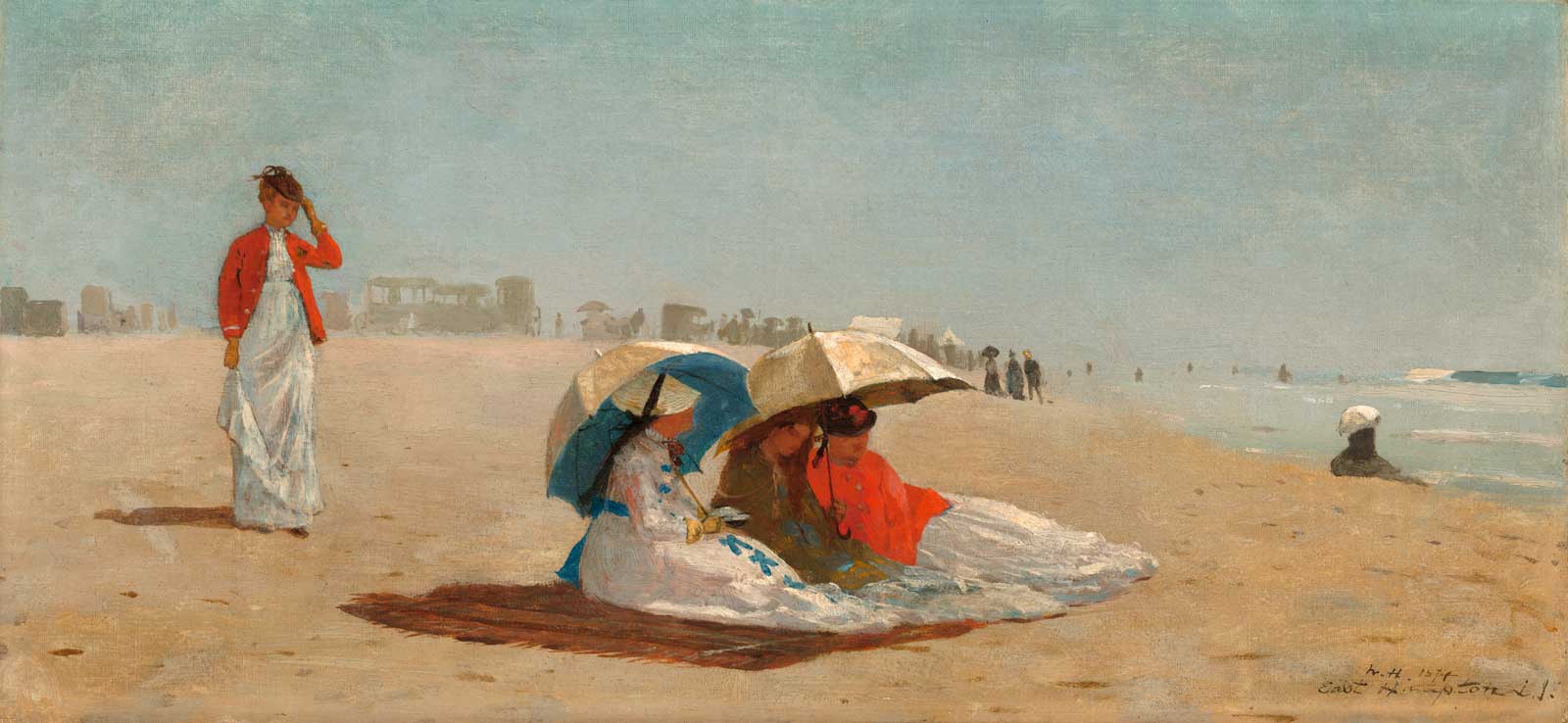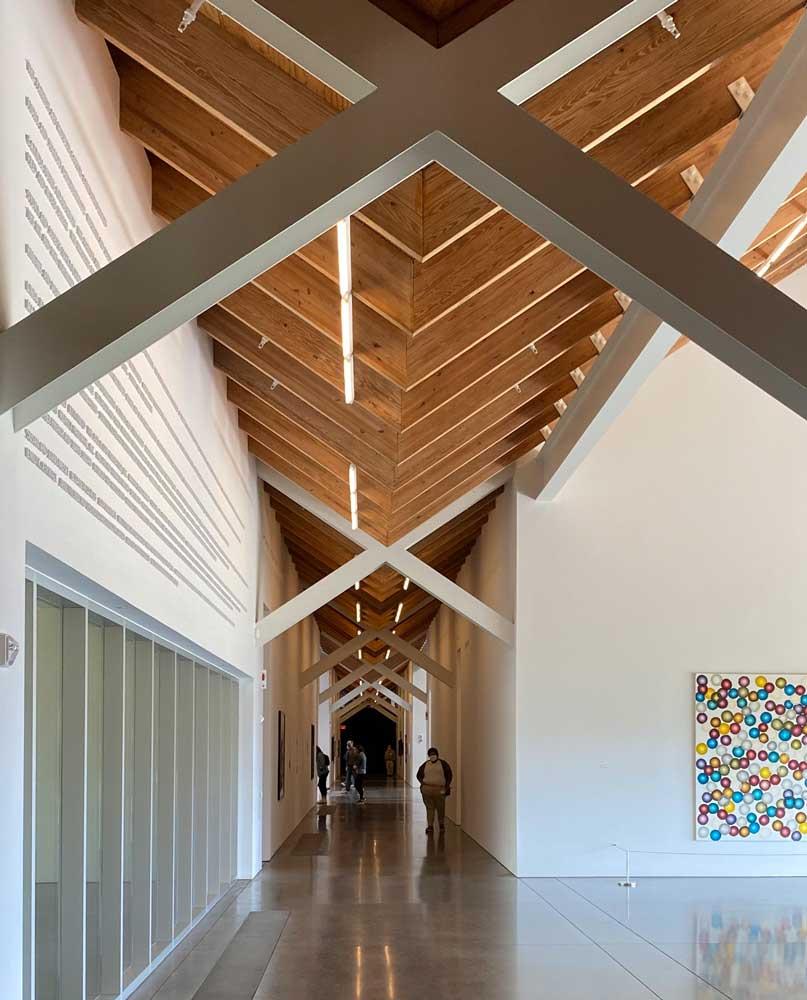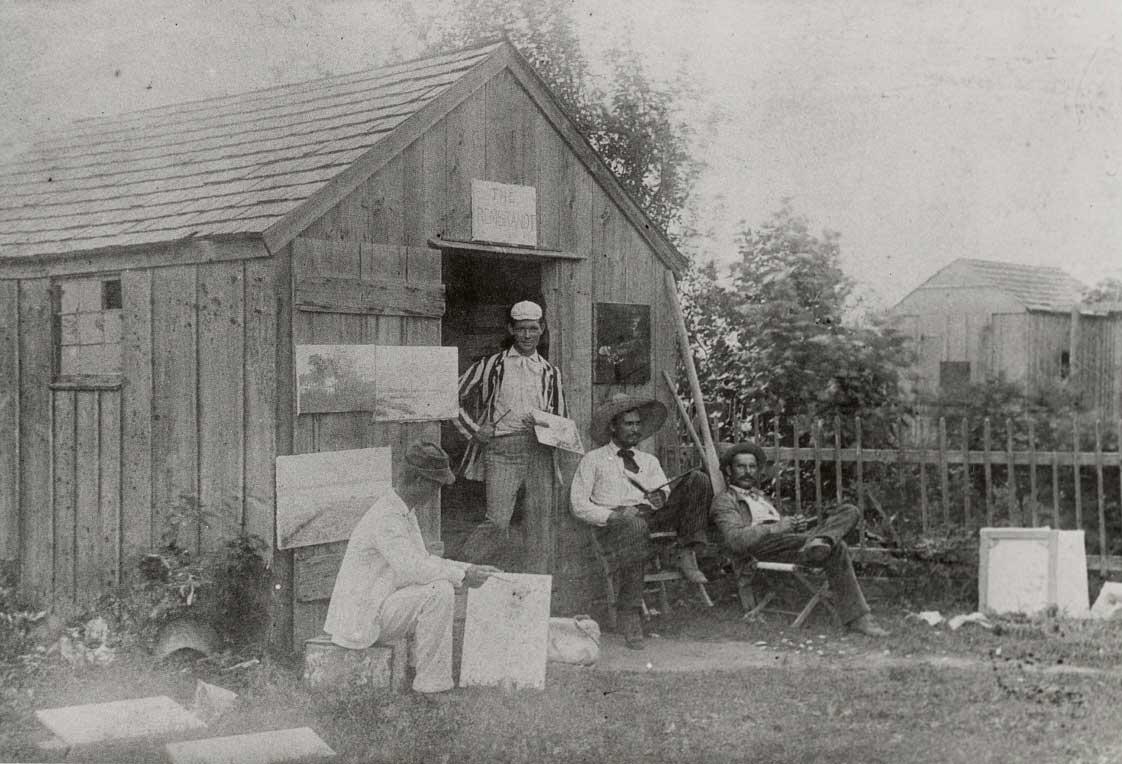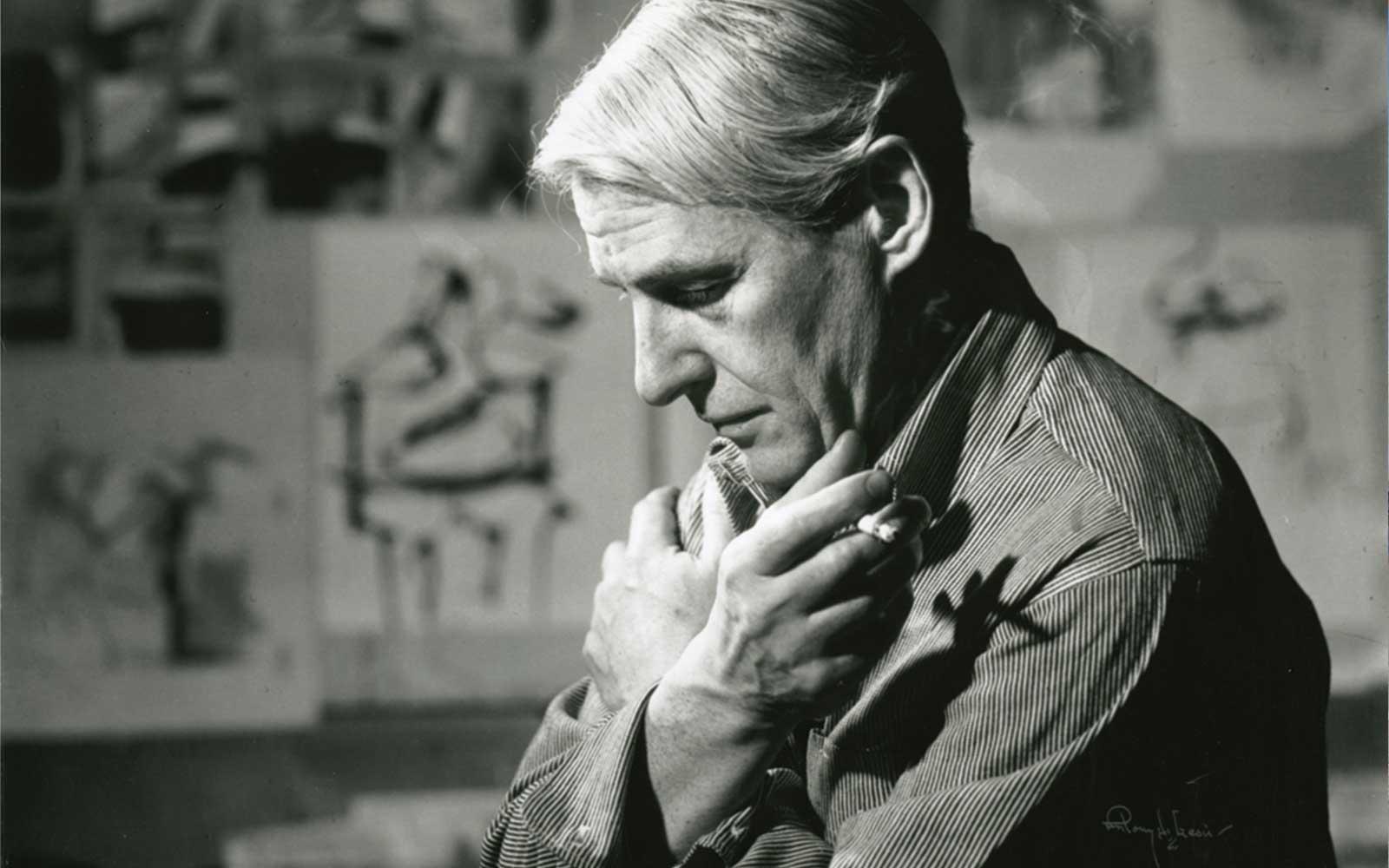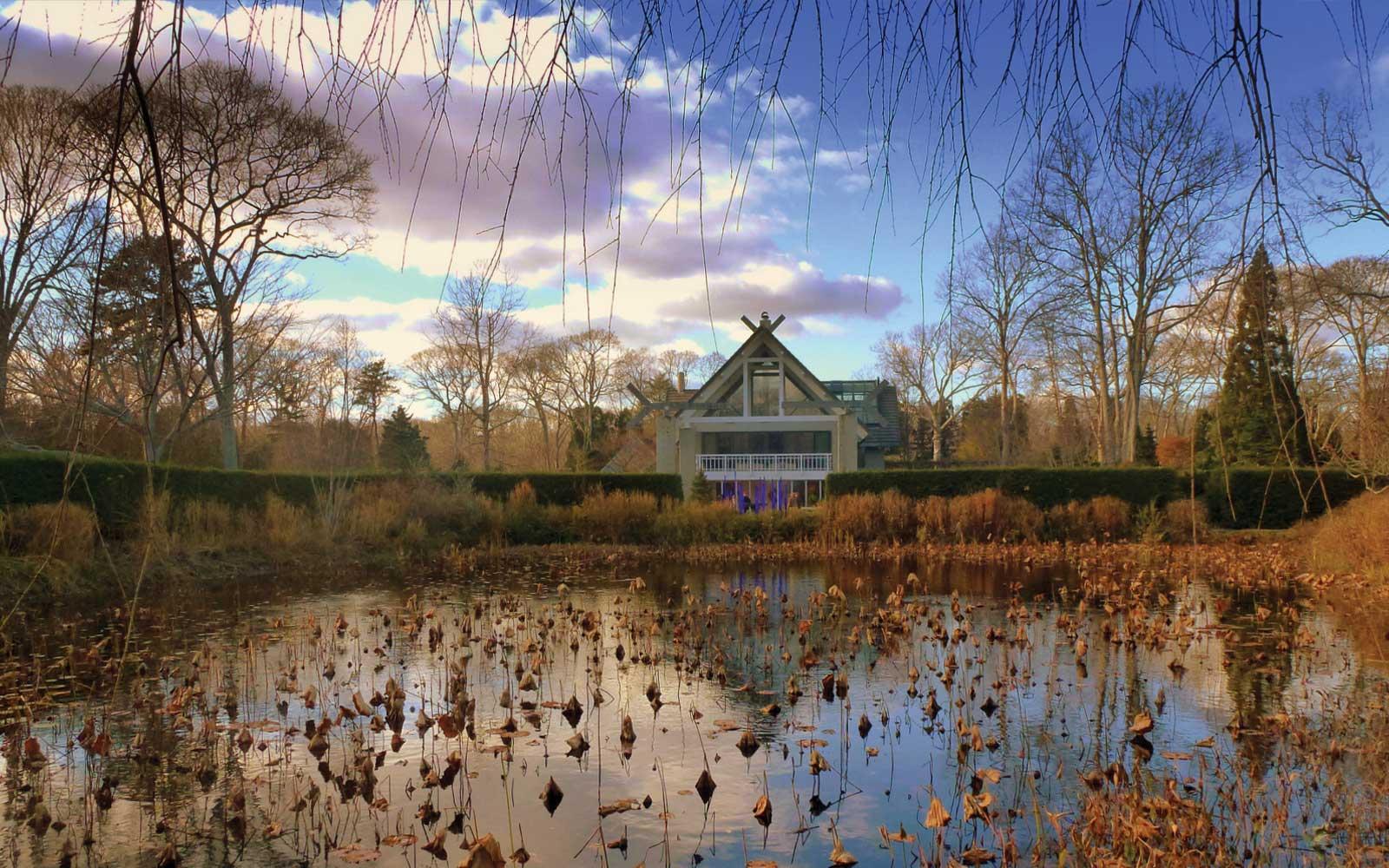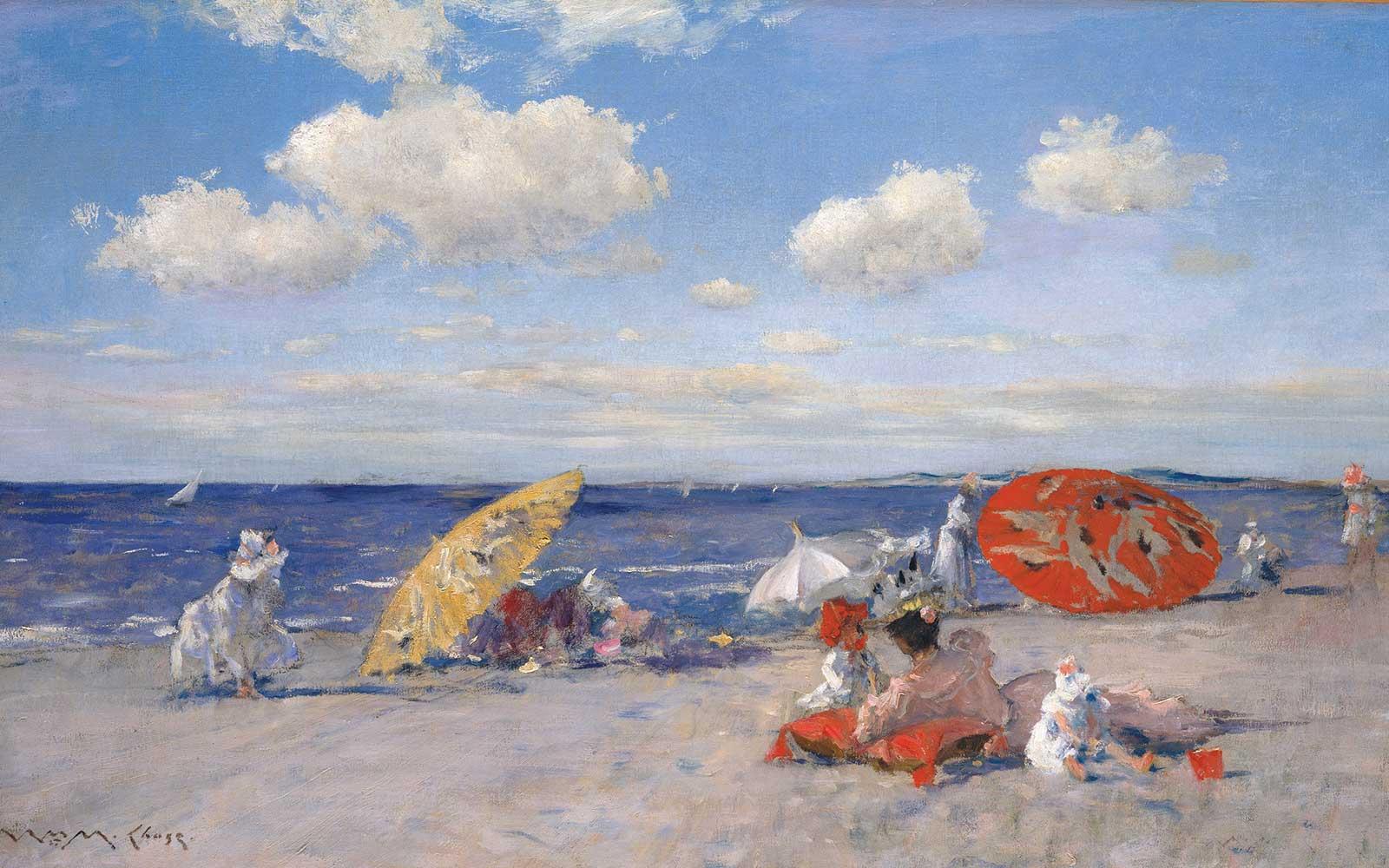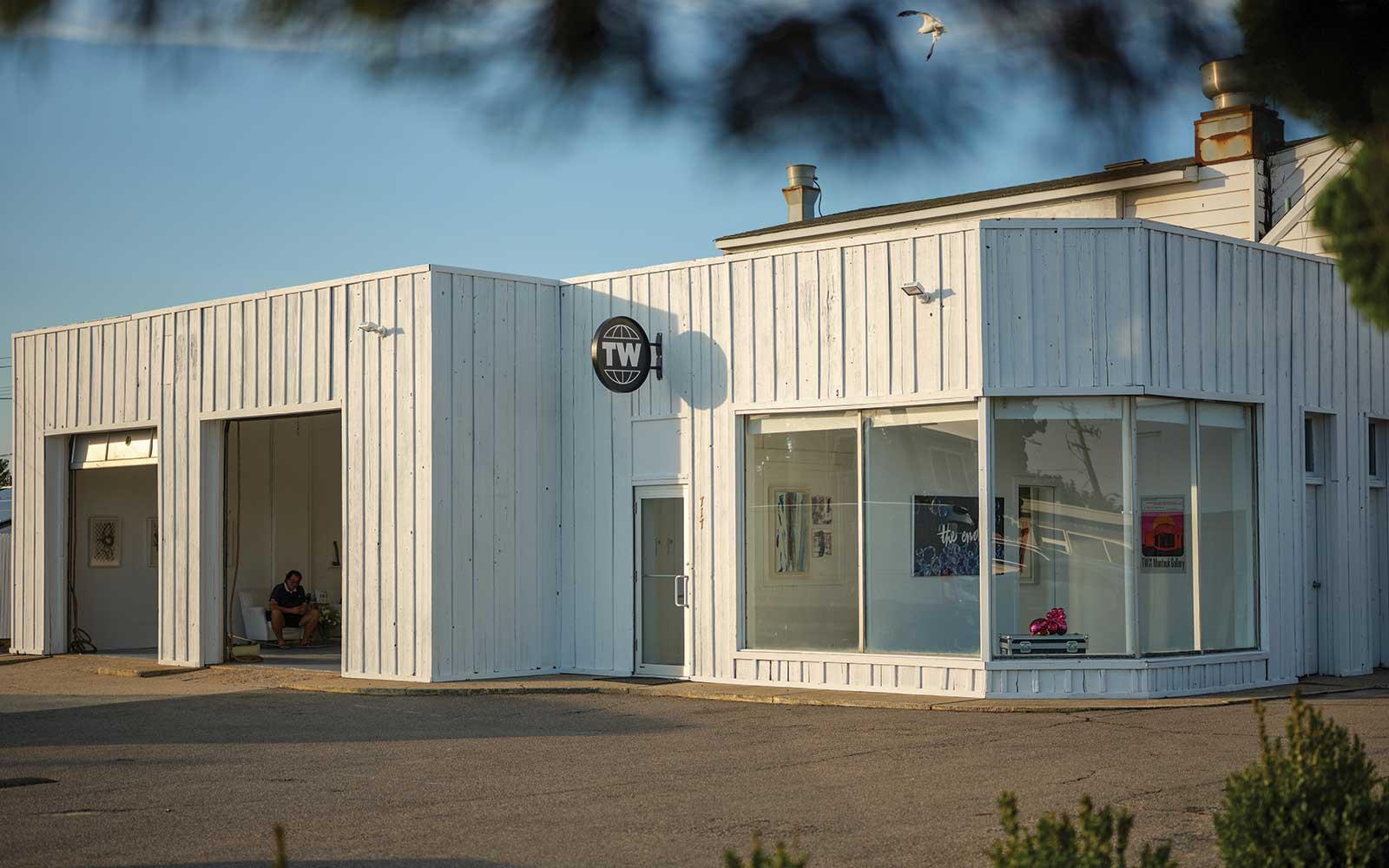Long Island, a finger of densely populated land beginning at its far western boundary with the New York metropolitan boroughs of Brooklyn and Queens and extending eastward 118 miles into the Atlantic Ocean where it divides at Riverhead into a North Fork and South Fork, has long offered respite from Manhattan’s summer heat for the toney set. It also has a rich cultural pedigree.
In literature, the North Shore of Long Island is the setting of F. Scott Fitzgerald’s 1925 novel, The Great Gatsby, In the mid-20th century, Abstract Expressionist painters, Jackson Pollock (1912-1956), Lee Krasner (1908-1984), Mark Rothko (1903-1970), and Willem de Kooning (1904-1997) all established studios in the Hamptons, a series of villages along the south shore of Long Island that culminates at the Montauk Lighthouse. And long before that, the extension of the Long Island Railroad in the 1800s drew artists like William Merritt Chase (1849-1916) and Winslow Homer (1836-1910) out to the Hamptons. They relished painting languid figures en plein air on the white sands of the Hamptons beaches. Chase built his summer home there and in 1891 he opened Shinnecock Hills Summer School of Art where he taught for eleven years. But Chase was not the first artist to build a summer home in the Hamptons. Before him, in the 1880s, Hudson River School painter Thomas Moran (1837-1926), known primarily for his dramatic landscapes of the American West, along with his wife, printmaker Mary Nimmo, built a home and studio in East Hampton where they usually spent half the year. The American Impressionist Childe Hassam (1859-1935) is best known for his atmospheric city scenes also painted on Long Island. He died at age 75 in his East Hampton home.




